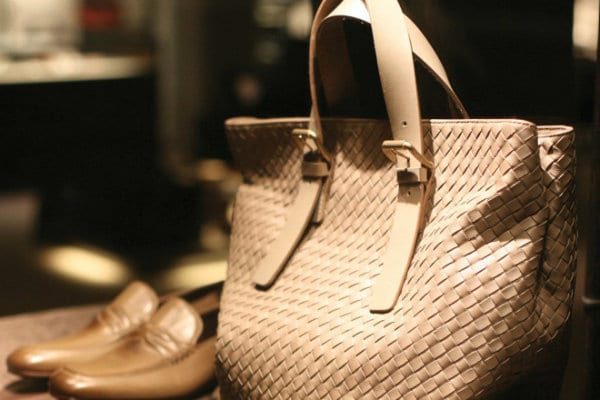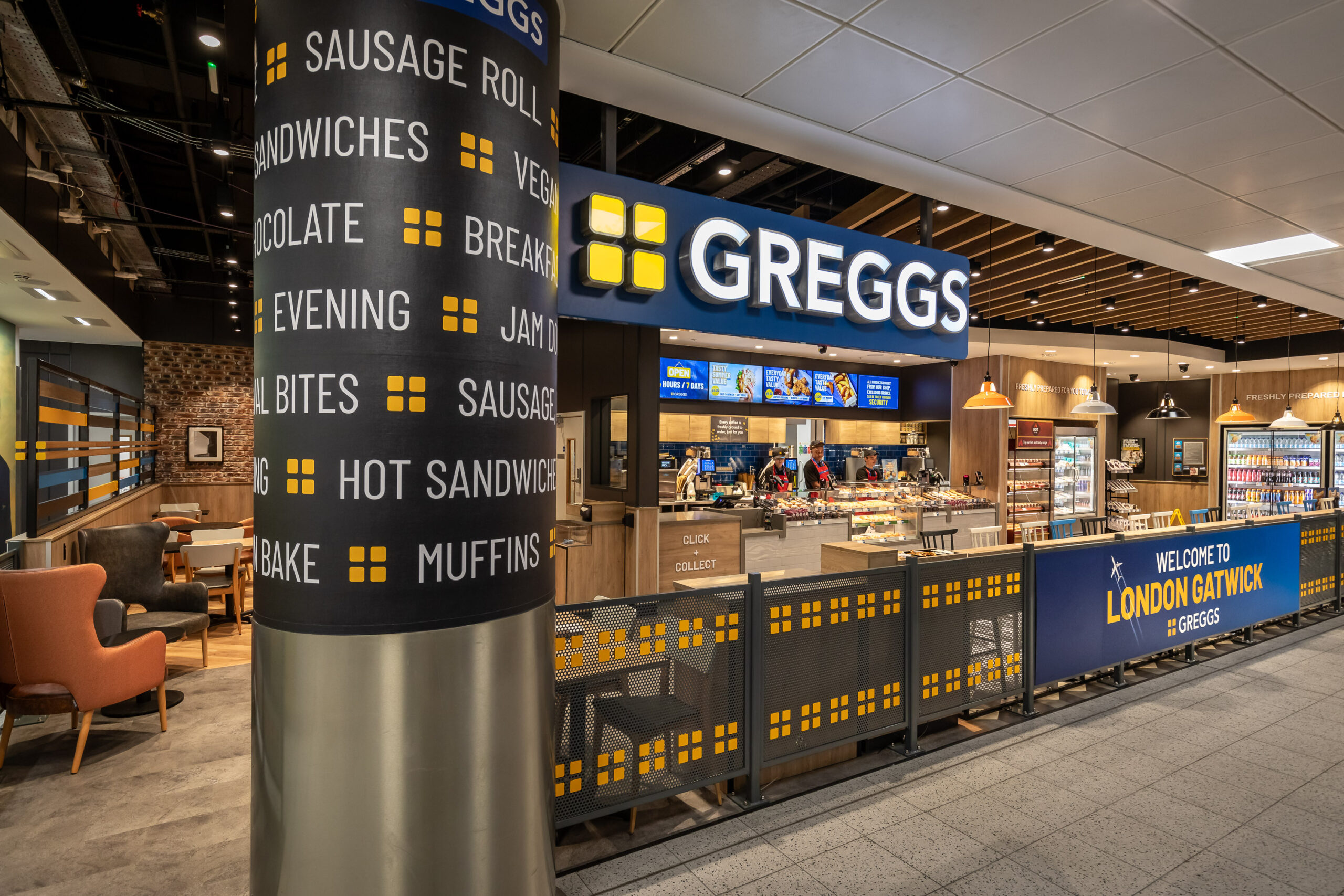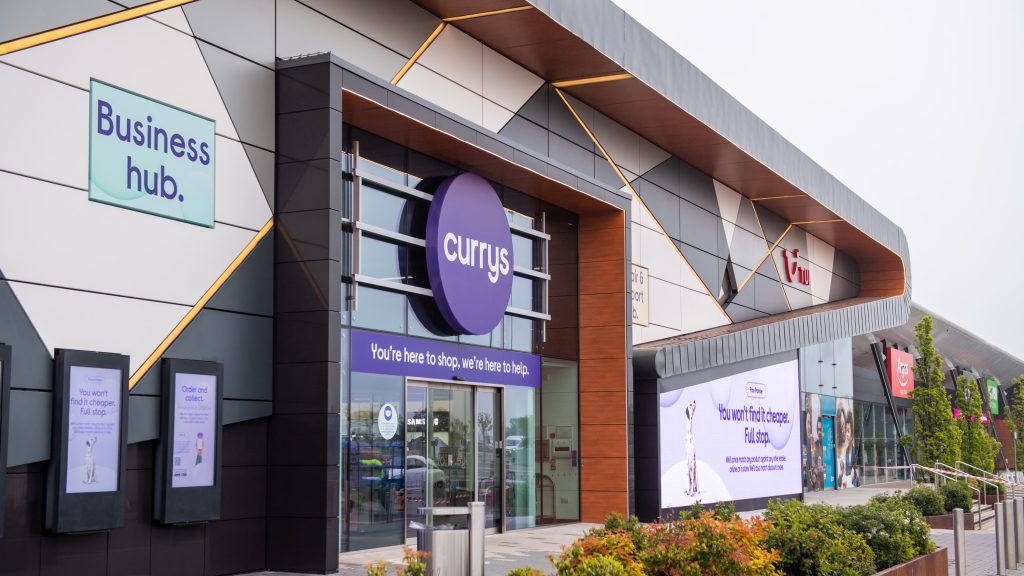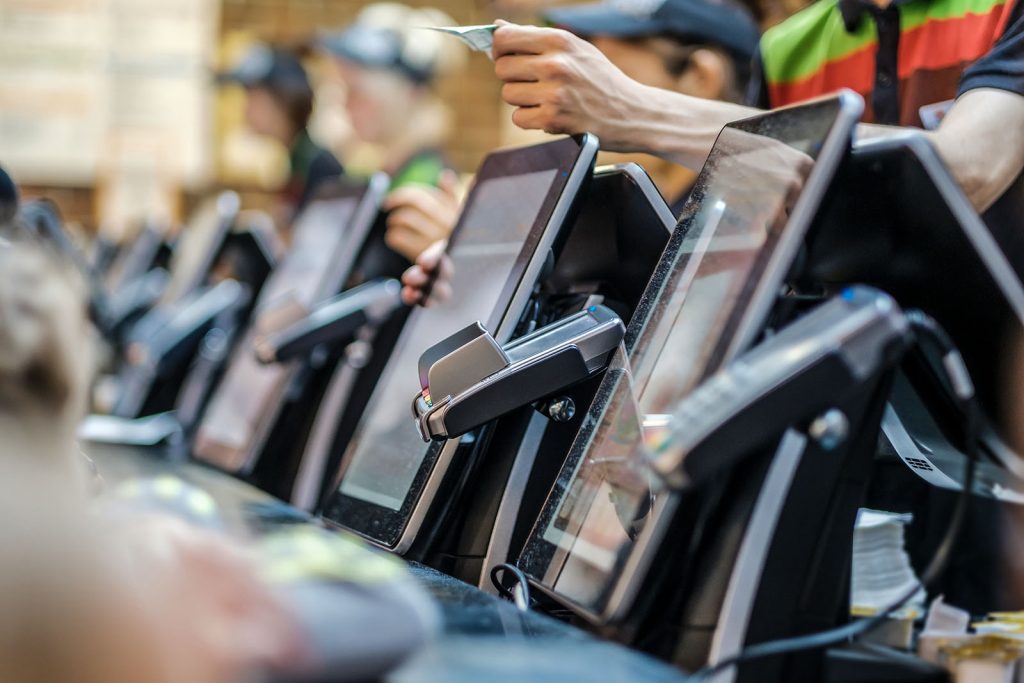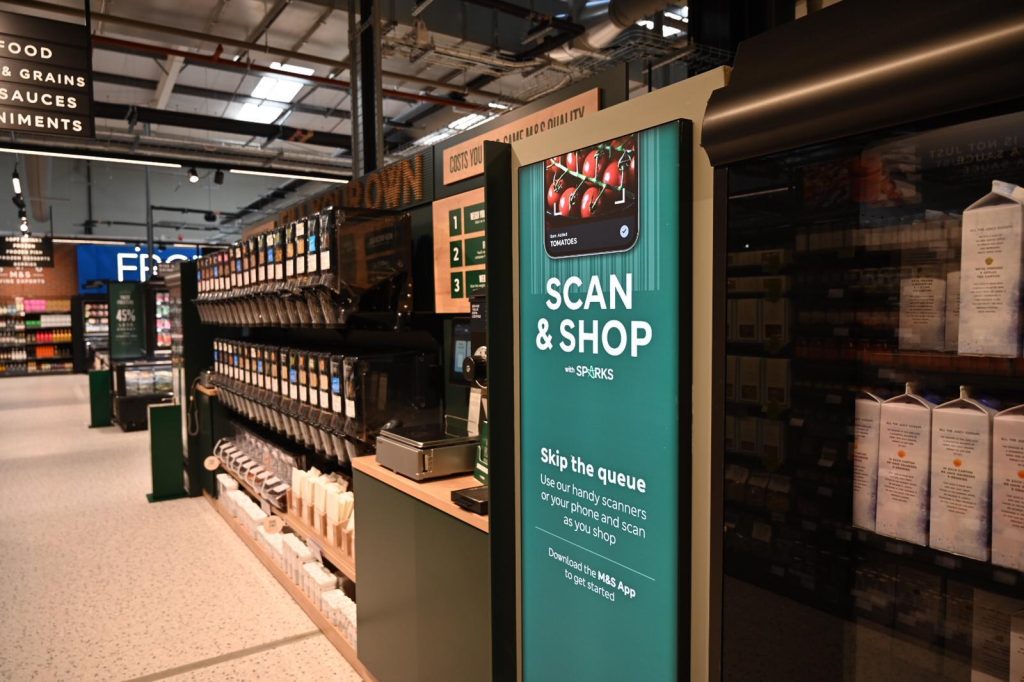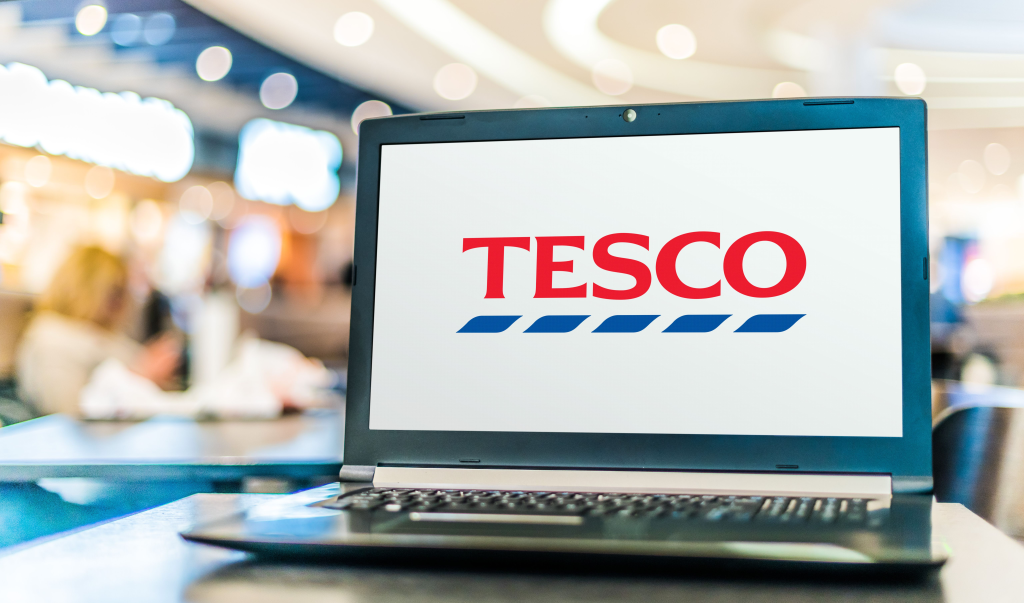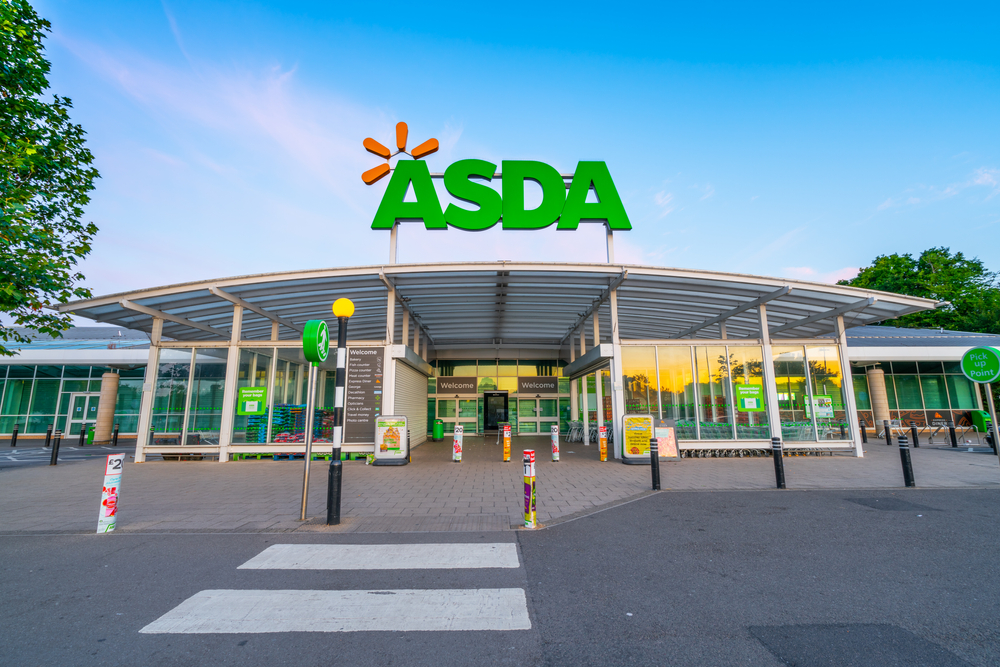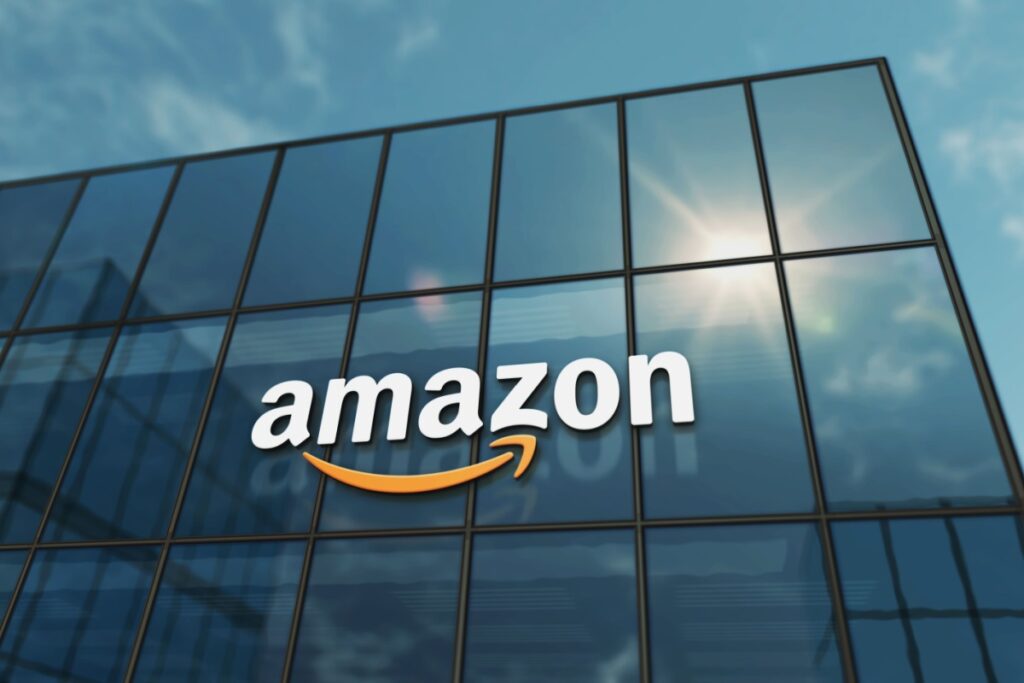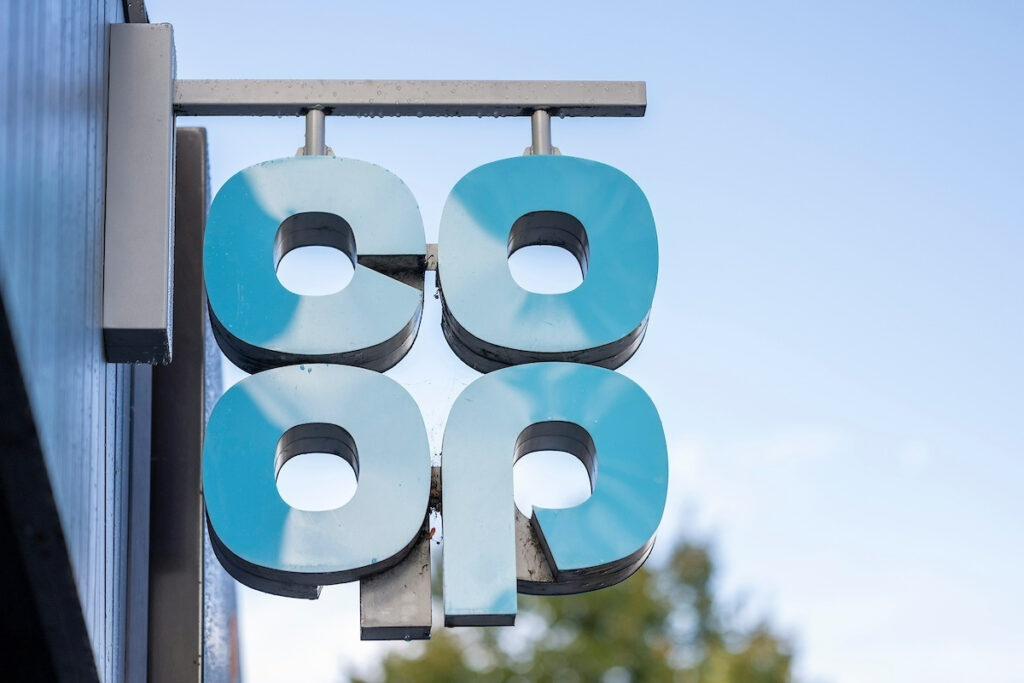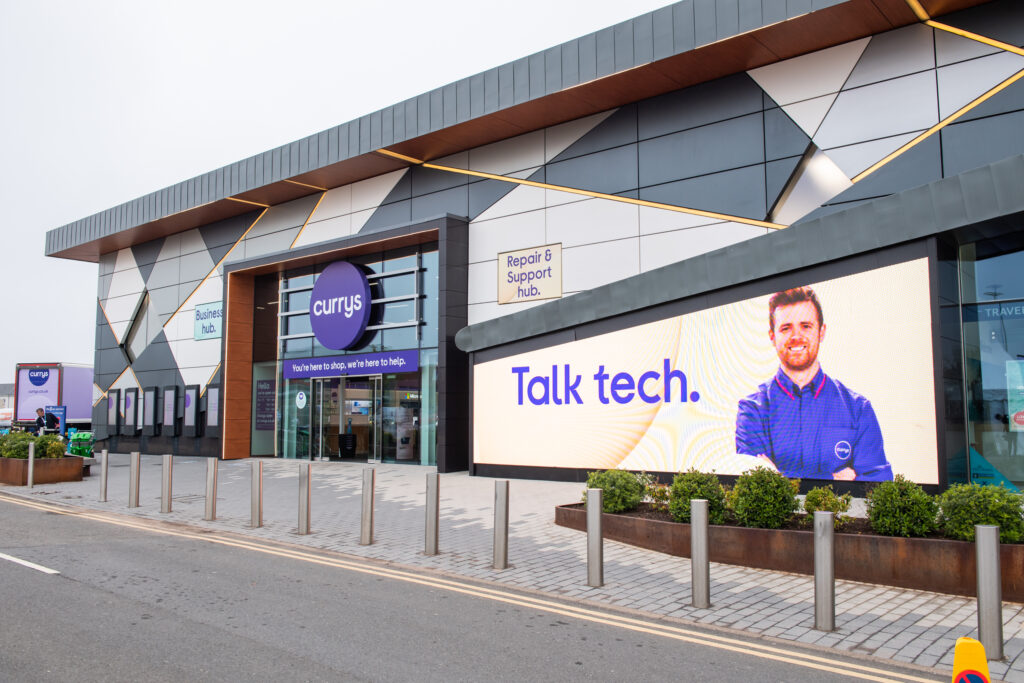A large number of luxury brands are failing to keep up with the integration of traditional and digital retail services, a new report claims.
Customer engagement specialists ContactLab released Digital and Physical Integration: Luxury Retail‘s Holy Grail, in conjunction with BNP Paribas.
Based on 61 store visits in New York and 21 parameters relating to physical and digital integration, the report indicates digital platforms as one of the most profitable “growth pockets” currently available to luxury brands
Findings show that customers shopping both in store and online spend around 50% more in a typical year than those who only shop in store. However, it also found that many luxury brands were failing to link their traditional brick-and-mortar and online sales platforms. This denies them key digital benefits such as cross-selling opportunities or home delivery for products not available in store.
This goes against the grain with the rest of the retail world. Retailers from Tesco to John Lewis have been striving to fully integrate their platforms. Burberry, recognised as a beacon of digital integration, now collects 15% of its sales through click-and-collect purchases. During last year‘s Black Friday sales, digital and click-and-collect sales surged, whilst high street stores received little footfall.
“It is surprising to see that not many luxury brands are optimising the relationships they can have with their customers,” said Massimo Fubini, CEO of ContactLab. “Luxury brands are faced with competition with online retailers and so need to up their game in order to take advantage of the online sphere.
“Modern consumers cannot be categorised as online or offline as they expect multi-channels… to engage with a brand, he added. “Brands need to not run their online and in-store business activity as a separate but need to bridge the gap and offer a seamless shopping experience.”


